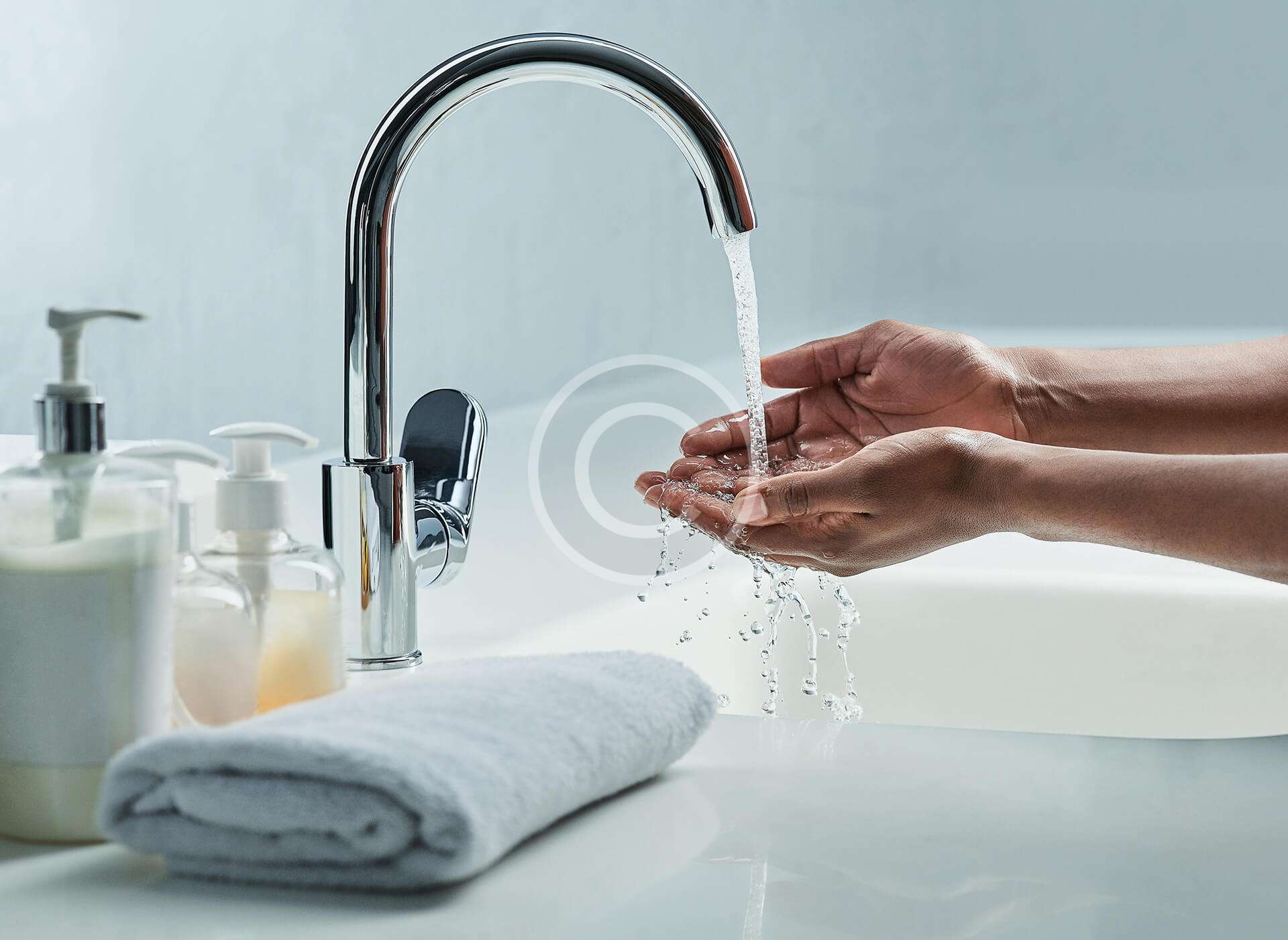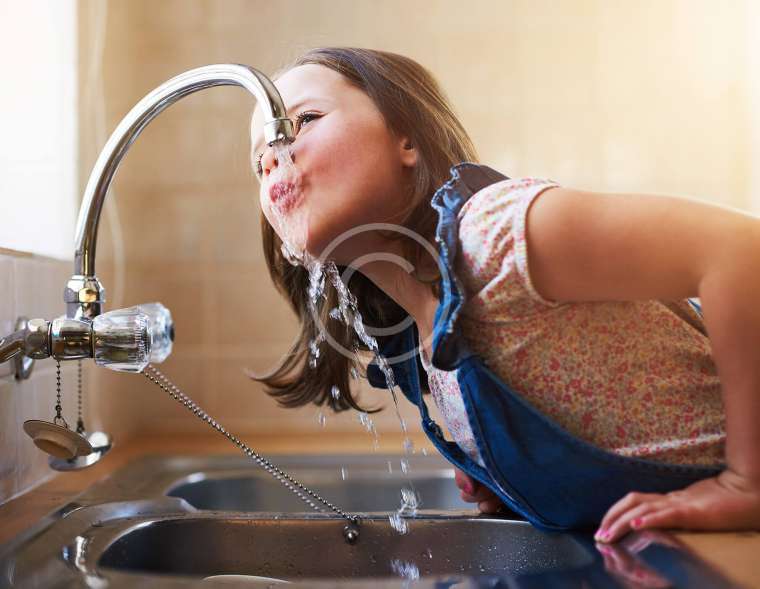Water is a fundamental resource with diverse applications, but not all water is created equal. Two primary categories often come into play are drinking water and working water. Understanding the distinctions between these types of water is crucial for ensuring safety and efficiency in both personal and professional contexts.
Drinking Water
Drinking water, also known as potable water, is water that is safe for human consumption. It must meet strict quality standards set by regulatory agencies to ensure it is free from contaminants that could pose health risks. These standards are typically enforced by organizations like the Environmental Protection Agency (EPA) in the United States or the World Health Organization (WHO) globally.
Key Characteristics of Drinking Water:
- Purity: Drinking water is treated to remove pathogens, chemicals, and other contaminants. Common treatment processes include filtration, chlorination, and UV treatment.
- Safety Standards: It must meet rigorous safety standards, including limits on microbial, chemical, and physical contaminants. Regular testing ensures compliance with these standards.
- Taste and Odor: Potable water is usually treated to ensure it is free from unpleasant tastes and odors, making it more palatable for daily consumption.
Working Water
Working water refers to water used in various industrial, agricultural, or non-potable applications. This category includes water used for tasks such as irrigation, cooling, washing, and manufacturing. Unlike drinking water, working water does not always need to meet stringent safety or purity standards, as it is not intended for human consumption.
Key Characteristics of Working Water:
- Varied Quality: The quality requirements for working water depend on its specific use. For example, water used in industrial cooling systems might only need to be free from debris and particulates, while water used for irrigation might have different quality requirements.
- Treatment: While some working water applications require treatment to remove certain impurities, others might use untreated or less rigorously treated water. For instance, water used in a cooling tower might be subjected to chemical treatments to prevent scaling and corrosion but not to the same extent as drinking water.
- Purpose-Specific: The treatment and quality of working water are tailored to its intended use. For example, water used in a manufacturing process might need specific properties to ensure the efficiency and quality of the product being produced.
Why the Distinction Matters
- Health and Safety: Drinking water must meet high safety standards to protect human health, while working water, although important, generally does not pose the same direct health risks since it is not consumed.
- Regulatory Compliance: Different regulations and standards apply to drinking water versus working water. Understanding these differences helps ensure compliance with legal requirements and operational efficiency.
- Efficiency and Cost: Using water that is over-treated for its intended purpose can be economically inefficient. For instance, using high-purity drinking water for irrigation or industrial processes can lead to unnecessary costs.
In summary, while both drinking water and working water are essential, they serve different purposes and have different quality requirements. Drinking water must be purified to ensure safety and meet health standards, while working water is treated based on its specific application. Understanding these differences helps ensure proper use, compliance with regulations, and efficient resource management.



